
Experts share updated results on investigational hematologic oncology regimens that they presented at the 2025 ASH Meeting.

Your AI-Trained Oncology Knowledge Connection!


Experts share updated results on investigational hematologic oncology regimens that they presented at the 2025 ASH Meeting.

Nuvisertib combined with momelotinib achieved a spleen volume reduction of 25% at week 24 and any given time in 50% of patients with relapsed/refractory myelofibrosis.

Key presentations from the 2025 ASH meeting revealed potential therapeutic advances across leukemia, multiple myeloma, and lymphoma.

Across all dose levels of axatilimab, the 46-month OS rate was the 74.1% among patients with previously treated chronic graft-vs-host disease.

The rate of 35% reduction in spleen volume or higher was higher pelabresib/ruxolitinib vs ruxolitinib alone in the MANIFEST-2 trial.
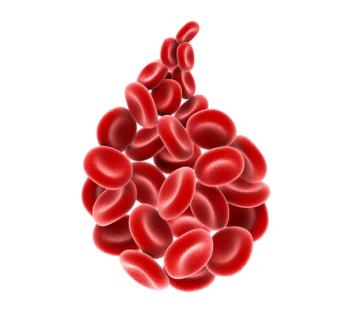
The primary end point of GI overall response rate was met with MaaT013 for GI-aGVHD.

More than half of evaluable patients in the phase 1/2 NEXICART-2 trial experienced organ responses following treatment with NXC-201.
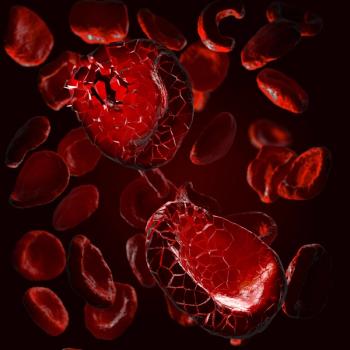
“Overall, these findings support the safety and feasibility of axatilimab at a dose of 0.6 mg/kg monthly,” said Nosha Farhadfar, MD.

Among patients with an HLA-locus match level of less than 7, the rates of relapse and GVHD were similar to those with an HLA match level of 7.

From phase 3 trial updates to results on trispecific antibodies, ASH 2025 may feature a variety of practice-shifting presentations across multiple myeloma.

Co-hosts Kristie L. Kahl and Andrew Svonavec highlight what to look forward to at the 67th Annual ASH Meeting in Orlando.

More than 80% of the SENTRY trial population had alleviation of their myelofibrosis-associated symptoms following treatment with selinexor/ruxolitinib.

Navtemadlin yields improvements in symptom score reductions ad spleen volume reduction among patients with relapsed/refractory myelofibrosis.
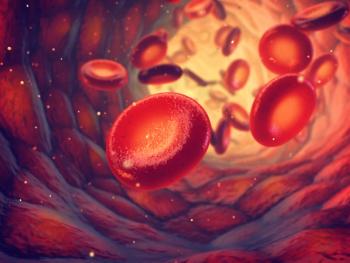
NFKB1 rs230511 genetic variant improves treatment outcomes for patients with polycythemia vera and essential thrombocythemia.

Atrial fibrillation occur at a smaller likelihood with second-generation BTK inhibitors vs first-generation BTK inhibitors in B-cell hematologic cancers.

The venetoclax regimen improved CR/CRi rates for patients with acute myeloid leukemia and myelodysplastic syndromes.

Navtemadlin shows influence in myelofibrosis hallmarks such as CD34-positive cell proliferation and pro-inflammatory cytokines in the phase 3 BOREAS trial.

Data from the phase 3 ASC4FIRST trial support asciminib as a standard of care in newly diagnosed chronic myeloid leukemia in chronic phase.

CancerNetwork co-hosts Kristie L. Kahl and Andrew Svonavec highlight abstracts to look out for surrounding the multidisciplinary approach at the upcoming ASH Annual Meeting in San Diego, with some additional tidbits to round out the main event.
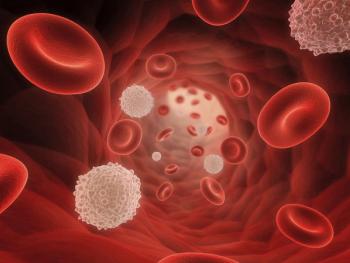
Data from a phase 1 study support further analysis of BGB-16673 across several B-cell malignancies, according to the study investigators.

Data from the phase 1/2 MonumenTAL-1 studies support flexibility to adjusting the dose of talquetamab in patients with relapsed/refractory multiple myeloma who already have a response.
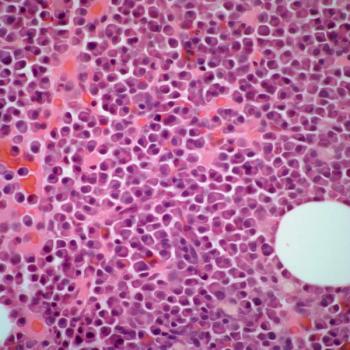
Because patients with myeloma are at a high risk for financial hardship, study findings support the use of a financial navigation program to reduce financial toxicities of patients.

Treatment with NX-2127 leads to clinically meaningful activity in heavily pretreated chronic lymphocytic leukemia, according to results from the phase 1 NX-2127-001 trial.

Investigators of a phase 1 trial identify no safety signals with Orca-Q in the haploidentical stem cell transplantation setting.

Investigators report that response-adapted trials utilizing novel combination regimens appear to be safe and feasible in a population of patients with newly diagnosed diffuse large B-cell lymphoma.

The combination of pelabresib plus ruxolitinib shows improvement in hemoglobin response in the MANIFEST-2 trial, supporting a potential shift in the future treatment of patients with JAK inhibitor–naive myelofibrosis.

Treatment with zanubrutinib may be a viable option for patients with B-cell malignancies who are intolerant to acalabrutinib, says Mazyar Shadman, MD.
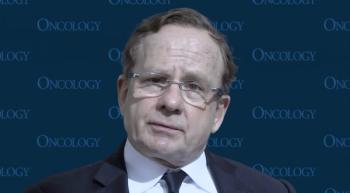
Treatment with CAR T cells may allow patients with hematologic malignancies to recover more quickly compared with a transplant, says Andre Goy, MD.

Treatment with ruxolitinib improves the probability of failure-free survival compared with best available treatment among those with chronic graft-versus-host-disease in the phase 3 REACH3 study.

Data from the phase 3 APPLY-PNH trial show comprehensive control of intravascular and extravascular hemolysis with iptacopan in patients with paroxysmal nocturnal hemoglobinuria and persistent anemia.